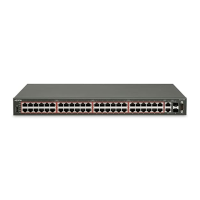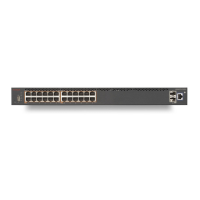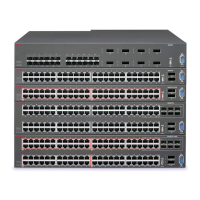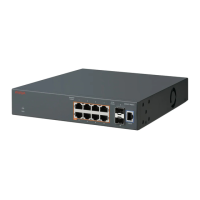Avaya Inc. – External Distribution
3. Filter Set Anatomy
Before delving into the specifics of the traffic-profile filter set support, an understanding of the
components that comprise a filter set is needed. As a starting point, a quick review of QoS essentials is
warranted.
3.1 QoS Primer
The most basic QoS operation is that of identifying traffic and manipulating it in some way. To accomplish
this task, classifiers, actions and policies must be defined. Classifiers (a.k.a. filters) are used to identify
traffic by specifying which protocol fields need to be examined and what these fields must contain for a
filter match to occur. A single classifier can target one or more fields to be matched. If multiple fields are
targeted, all of the fields being examined must contain the specified data for the packet being inspected to
match the filter.
Multiple classifiers may be combined into a block (i.e., a classifier block) so that they may be referenced
as a unit. Only classifiers that are compatible (e.g., match the same or compatible protocol fields) may be
combined into a block.
Actions specify the treatment packets matching a classifier are to receive. Typically this involves dropping
the packets or remarking certain fields that are used to dictate traffic treatment both internally (as the
packet egresses the switch) and downstream as the packet is processed by other switching equipment.
A policy acts as a coupling that ties together the various QoS components. A policy identifies a classifier
(or classifier block) for traffic identification and an action to be initiated when packets matching the
classification criteria are encountered. Ports on which to install the filter data are included in the policy
specification. A policy also includes a precedence value which dictates the order in which policies (i.e.,
classifiers and actions) are applied when multiple policies target the same port. A limited number of
precedence levels (a.k.a. masks) are available per port. This limit dictates the number of policies that can
be applied to a given port at the same time.
A policy specification may also include metering criteria, to control ingress traffic, and statistics support to
keep track of the traffic processed by the policy.
Figure 1: QoS Policy Components

